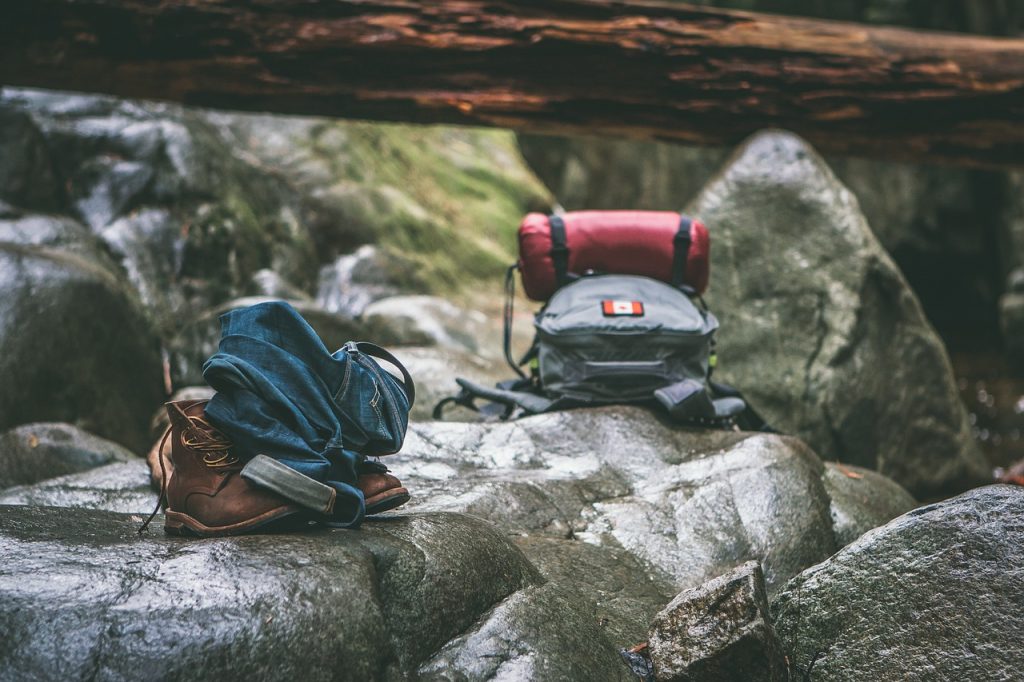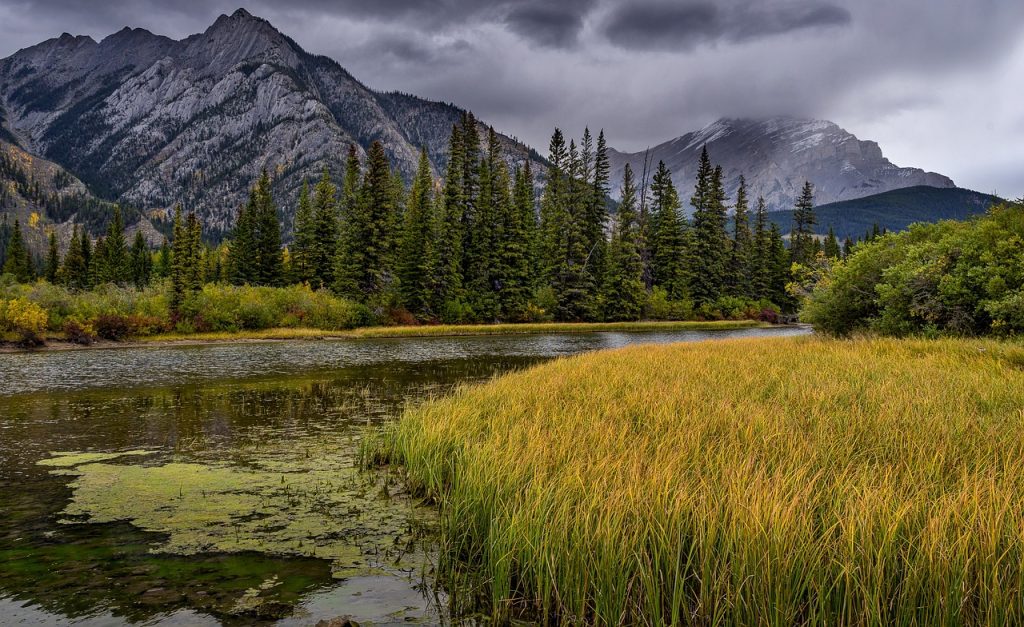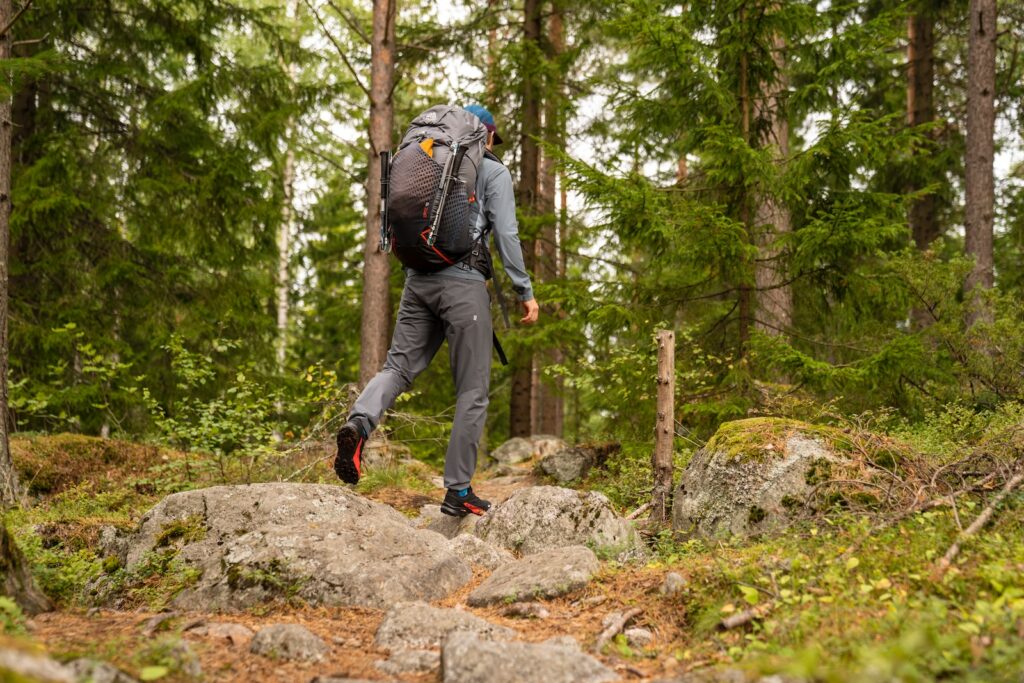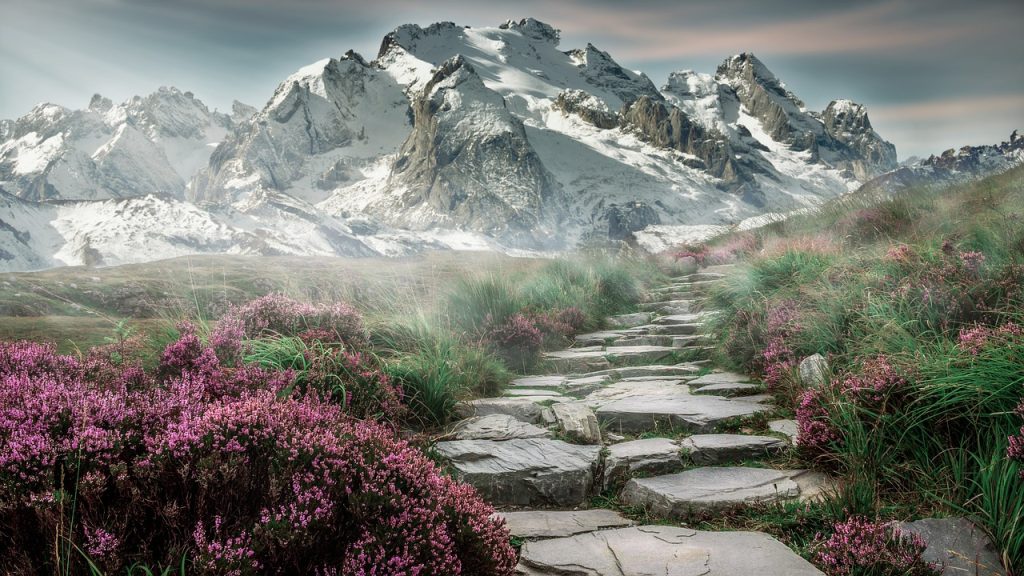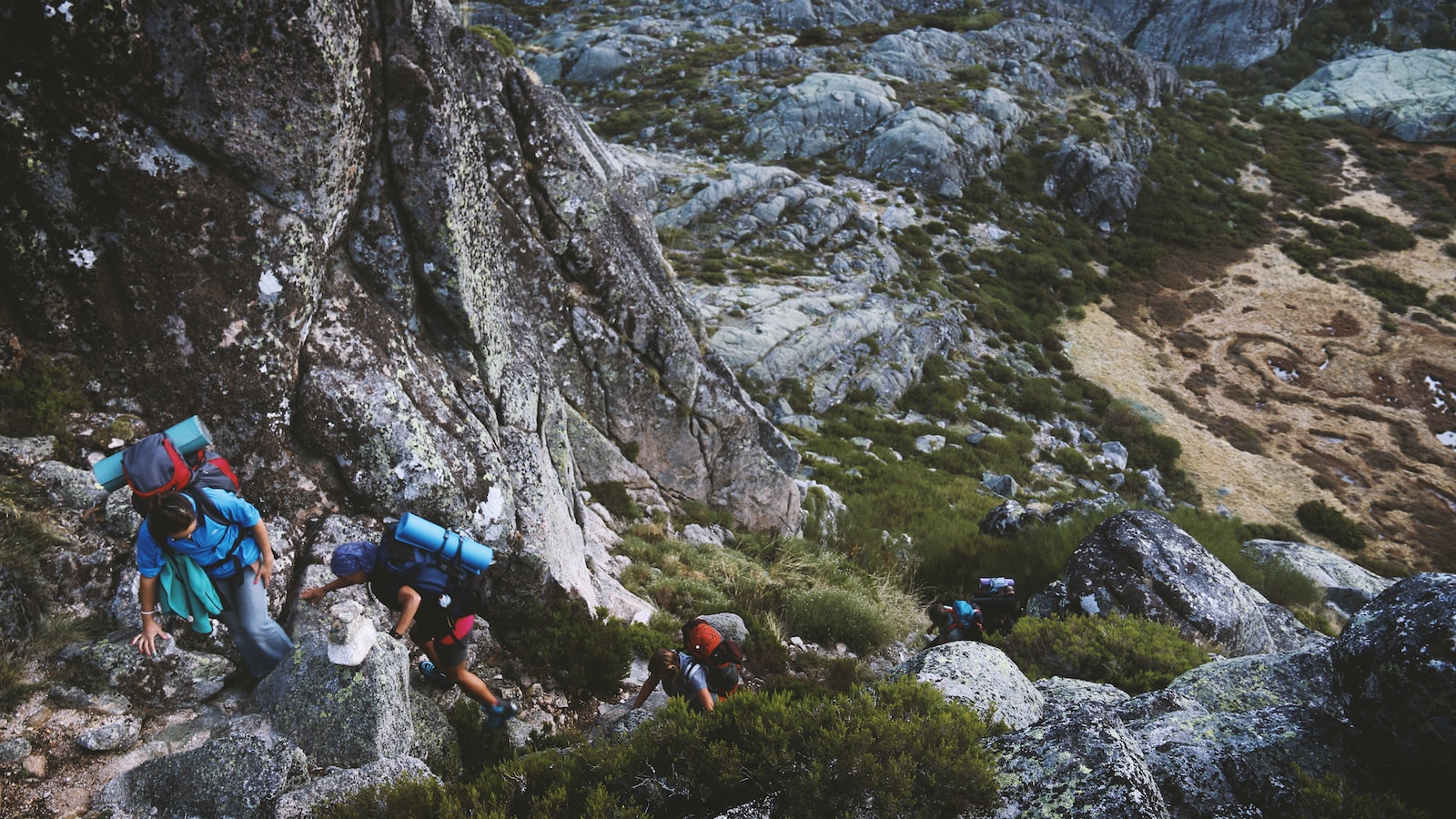

Demystifying Scrambling in Hiking: Exploring this Adventurous Technique
Are you ready to take your hiking game to new heights? Buckle up, because today we are demystifying one of the most exhilarating techniques in outdoor enthusiasts’ toolbox – scrambling! Whether you’re a seasoned hiker or just starting out on your adventurous journey, this blog post is here to guide you through the ins and outs of scrambling.
Get ready for an action-packed read that will empower you with all the knowledge needed to conquer those rugged terrains and reach breathtaking summits. So lace up your boots, slap on some sunscreen, and let’s embark on an exploration into the exciting world of scrambling!
Introduction to Scrambling

If you love adventure and the great outdoors, then learning how to scramble is a must! Scrambling is a technique used in hiking that allows you to explore more difficult terrain. It is essentially a cross between hiking and rock climbing, and requires both physical fitness and some basic climbing skills.
Don’t let the term ‘scrambling’ intimidate you – with a little practice, anyone can do it! In this article, we’ll break down what scrambling is, why it’s so much fun, and some of the basics you need to know to get started. So whether you’re looking to add a new challenge to your hikes or simply want to up your outdoor exploration game, read on for everything you need to know about scrambling.
What is Scrambling?
Scrambling is a technique that allows hikers to navigate steep and difficult terrain without the use of climbing equipment. It is an essential skill for anyone wishing to explore the backcountry, and can be used to access areas that would otherwise be inaccessible.
Scrambling involves using your hands and feet to climb up or down steep slopes. This can be done on both natural and man-made surfaces, such as rocks, trees, or even buildings. The key to scrambling is to maintain three points of contact with the surface at all times; this will help you keep your balance and avoid slipping.
When Scrambling, it is important to pay attention to your footing and hand placement. Look for secure footholds that can support your weight, and make sure your handholds are firm before trusting them with your weight. Steep slopes can be dangerous, so always take care when Scrambling on them.
If you are new to Scrambling, start by practicing on easy terrain before moving on to more difficult terrain. Once you have mastered the basics, you can begin exploring the backcountry with confidence!
Benefits of Scrambling
Scrambling is a great way to get off the beaten path and explore more of the wilderness. It can also be a great workout and help you build strength and endurance. Scrambling can also help you develop problem-solving and route-finding skills.
Techniques to Help You Master Scrambling
If you’re new to scrambling, or if you’ve tried it a few times and found it challenging, don’t despair. There are techniques that can help you master this exciting and adventurous hiking technique.
One important technique is to focus on your foot placement. When scrambling, your feet are your best tools for finding traction and stability. Pay attention to where you place your feet, and be sure to step on firm ground whenever possible.
Another helpful technique is to use your hands for balance and stability. When ascending or descending a steep section of trail, keep your hands close to the ground so that you can grab hold of rocks or other objects if needed. Additionally, using trekking poles can be helpful for maintaining balance while scrambling.
It’s important to stay calm and focused when scrambling. If you start to feel panicked or out of control, take a deep breath and remind yourself that you can do this. Trust in your abilities, and take things one step at a time. With practice, you’ll become a confident scrambler in no time!
Tips for Beginner Scramblers
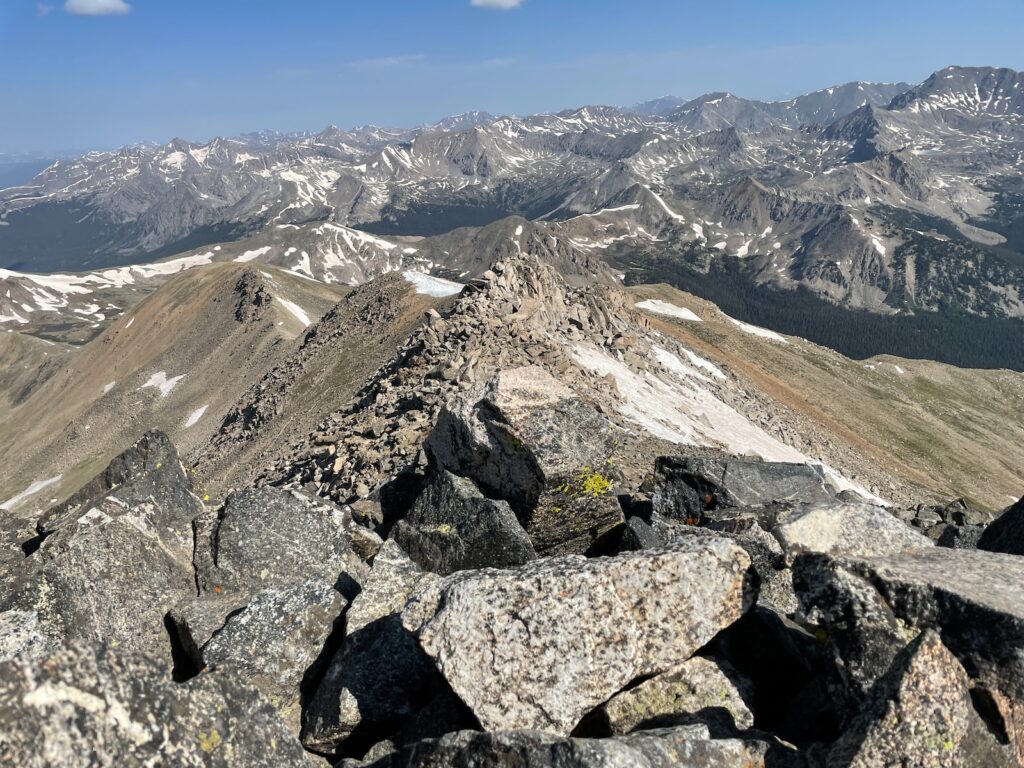
If you’re new to scrambling, here are a few tips to get you started:
1] Choose an easy route to start with. There are many factors to consider when choosing a route, such as the difficulty of the terrain and your experience level. An easy scramble should have good footing and handholds, and limited exposure.
2] Pay attention to your feet. When scrambling, your feet are your only contact with the ground, so it’s important to choose your steps carefully. Look for solid footing, and be careful of loose rocks or talus.
3] Use your hands for balance. In addition to watching your step, pay attention to your hand placement too. If you need help keeping your balance, don’t be afraid to grab onto rocks or vegetation for support. Just be sure that whatever you’re holding onto is solid!
4] Be aware of your surroundings. Take time to look around and orient yourself as you scramble up a slope or across a ridge. This will help you stay safe and avoid getting lost.
5] Don’t forget about safety gear! Even on easy routes, it’s always a good idea to carry some basic safety gear including a first-aid kit, map, and compass (if you know how to use one). And if you’re planning on doing any technical scrambling (class 3+), then you’ll need some additional gear including a helmet, rope, harness, and other climbing protection .
Safety and Considerations When Scrambling
1] First and foremost, always be aware of your surroundings and take note of any potential hazards. This includes both the terrain and the weather conditions.
2] Always wear proper footwear when scrambling. This means shoes with good traction that will help you grip the surface beneath you.
3] Use your hands for balance and stability when needed, but be careful not to put too much weight on them as this can lead to injury.
4] Take care when descending, as this is often more difficult than ascending. Be sure to use your feet and legs to control your speed and keep your body close to the ground for stability.
5] If at any point you feel unsafe or uncomfortable, stop and reassess the situation. It is better to err on the side of caution than to press on and risk injury or getting stranded in a remote location .
6] Don’t attempt to scramble routes that are beyond your skill level. Stick to simpler routes while you’re building your skills and gradually increase the difficulty as you become more experienced and confident.
7] Have a basic first-aid kit on hand with supplies such as bandages, antiseptic, a whistle, and emergency shelter.
Gear Needed for Successful Scrambles
In order to successfully scramble, you will need proper gear. This includes sturdy hiking boots with good traction, comfortable clothing that won’t restrict your movement, and a small backpack with essentials like water, snacks, and a first-aid kit. You may also want to bring along a map and compass, as well as a headlamp or flashlight in case you get caught out after dark. While scrambling can be done with minimal gear, it’s always best to be prepared.
Best Trails for Scrambling in the U.S.A.
When it comes to hiking, there are different techniques that can be used in order to make the most of the experience. One such technique is scrambling, which is often used by adventurers in order to get a more challenging and adrenaline-filled hike. Scrambling involves using all four limbs in order to ascend and descend rocky terrain. It is a popular technique among hikers who are looking for a more extreme experience. There are many different trails across the United States that offer hikers the opportunity to scramble.
Some of the best trails for scrambling in the USA include:
–The Gunks Traverse in New York: This trail offers stunning views of the Shawangunk Ridge as well as a variety of challenges for scramblers. There are plenty of handholds and footholds available, making it an ideal trail for those new to scrambling.
–Cadillac Mountain in Maine: Cadillac Mountain is the tallest mountain on the eastern seaboard and offers incredible views of Acadia National Park. The trail is relatively easy to follow but does have some sections that require use of hands and feet in order to progress.
- Devil’s Tower in Wyoming: Devil’s Tower is a unique rock formation that stands over 1,000 feet tall. The hike up to the base of the tower is fairly easy, but the last few hundred feet require use of hands and feet in order to scramble up the rocky surface.
Conclusion
Scrambling in hiking can be a fun way to explore and enjoy the terrain you are on, allowing hikers of all skill levels to challenge themselves. With increased safety caution, knowledge of how easy or difficult each route is, and proper preparation for the conditions you are likely to face while scrambling, you can safely use this adventurous technique to get more out of your next hike! So if you’re looking for an added thrill during your next outdoor adventure—scrambling might just be the perfect way up.

